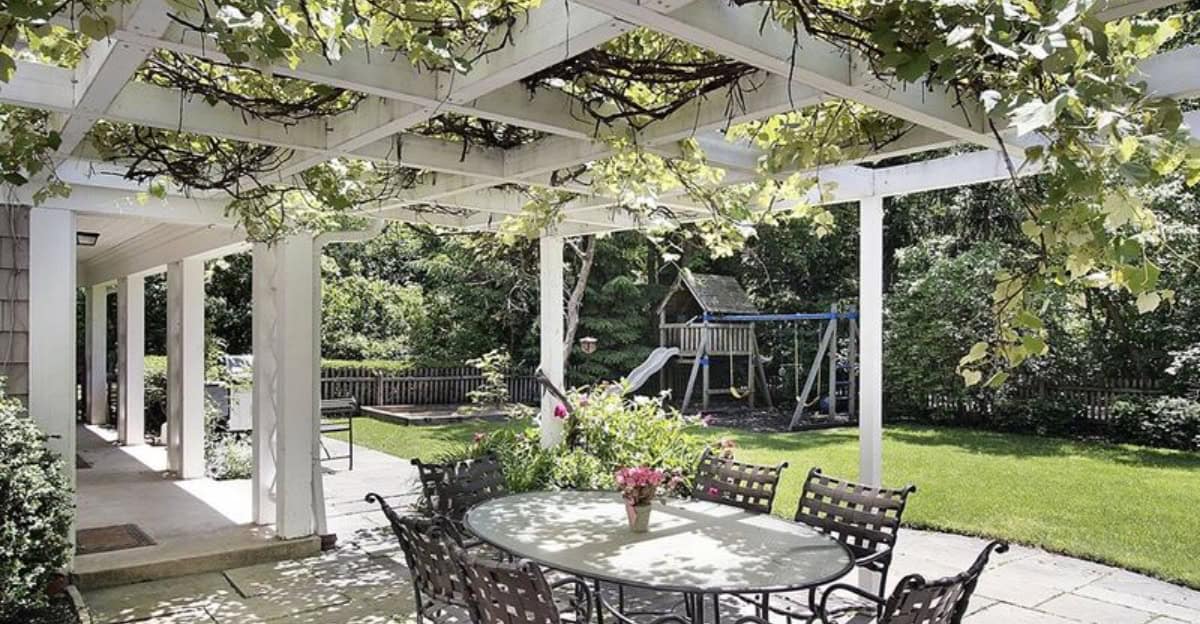During the peak of summer, our yards can feel like an oven. However, with smart landscaping, you can create a cooler and more comfortable outdoor space.
Let’s explore 10 landscaping features that not only add beauty to your yard but also help in reducing the summer heat.
From the shade of trees to the refreshing sound of water, discover ways to transform your outdoor area into a cool retreat.
1. Shade Trees
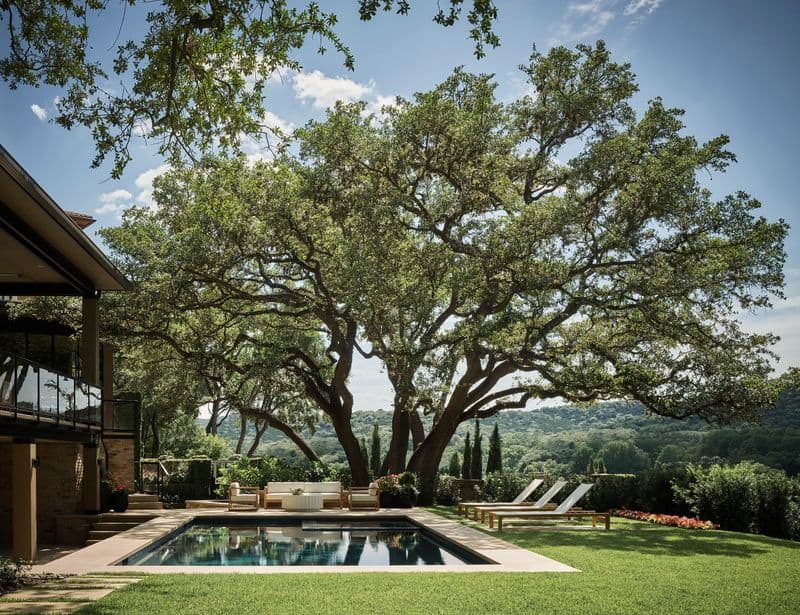
Imagine relaxing under a broad canopy of leaves, where the sun’s rays barely touch the ground. Planting shade trees like oaks or maples can significantly lower temperatures in your yard.
Their expansive branches create a natural umbrella that shields you from the sun’s intensity.
Also, they offer a haven for local wildlife, bringing life and movement to your outdoor space. Trees are not just beautiful; they’re functional, providing a sustainable way to keep your yard cool.
Consider the long-term benefits in energy savings and comfort.
2. Pergolas with Vines
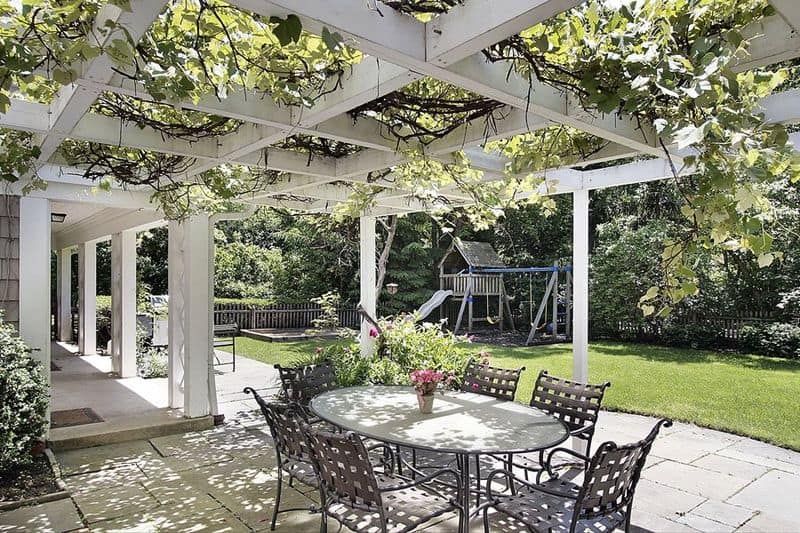
A pergola draped in lush, climbing vines can transform your yard into a picturesque escape. The dappled light that filters through provides a gentle shade, perfect for an afternoon nap.
Vines, like wisteria or ivy, add an extra layer of insulation from heat and create a whimsical, romantic atmosphere.
This structure not only cools the space but also becomes a charming focal point in your garden, inviting you to unwind beneath its leafy canopy. It’s a delightful blend of elegance and practicality.
3. Water Features
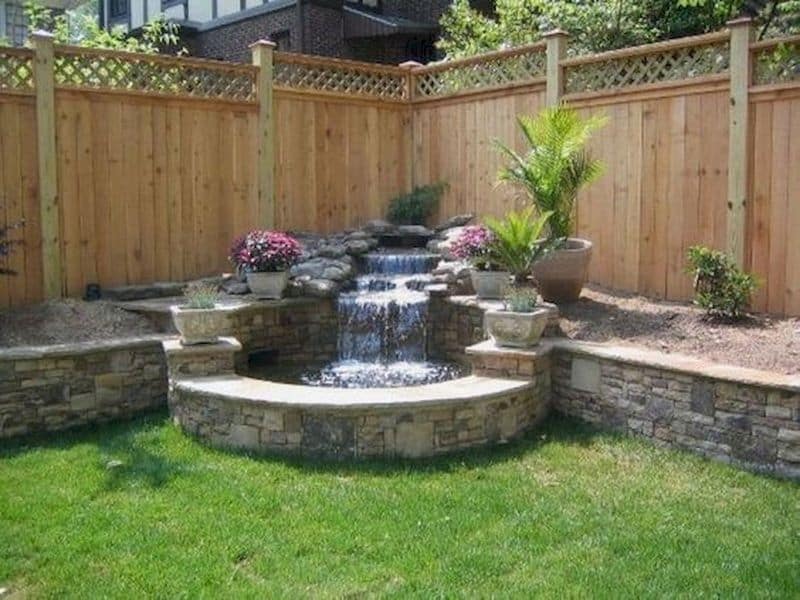
There’s something inherently cooling about the gentle trickle of water. Installing a water feature like a pond or fountain can significantly reduce the temperature in your yard.
The evaporation process naturally cools the surrounding air, making it feel more refreshing.
Moreover, the soothing sound of water provides a calming backdrop, perfect for meditation or evening gatherings.
It’s not just about temperature; it’s about creating a serene and tranquil environment that beckons relaxation.
4. Reflective Mulches
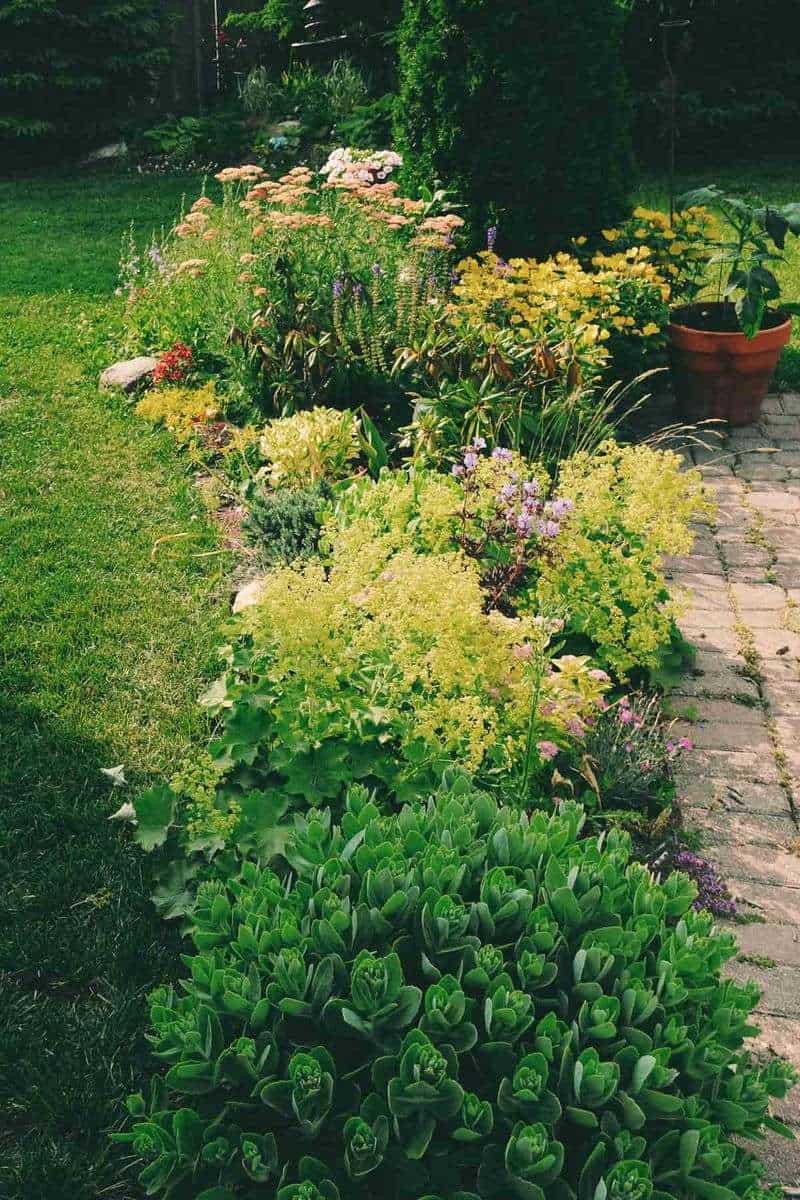
Using reflective mulches, such as light-colored stones or gravel, can help keep your garden cool. These materials reflect sunlight rather than absorbing it, reducing the heat around your plants.
It’s a simple yet effective way to manage temperature, allowing your garden to thrive even in the sweltering heat.
Besides functionality, these mulches add a clean, modern aesthetic to your garden, complementing the greenery beautifully. They’re a practical choice for those looking to blend utility with style.
5. Green Roofs
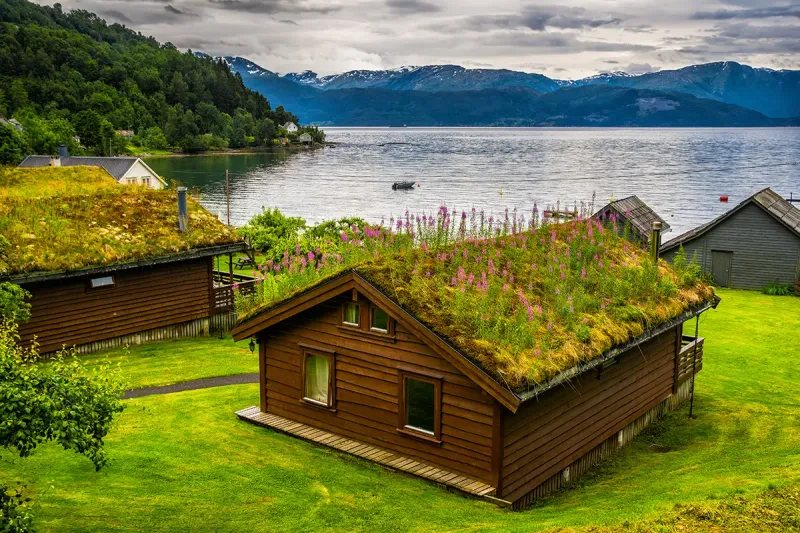
Ever thought about having a garden above your head? Green roofs are not just for urban buildings; they can be a great addition to your yard structures.
By growing plants on rooftops, you can reduce heat absorption, keeping indoor spaces cooler.
These living roofs provide excellent insulation and are environmentally friendly. They also offer a unique visual appeal, turning mundane structures into vibrant, living ecosystems.
It’s a creative way to maximize space and promote biodiversity in your garden.
6. Living Walls
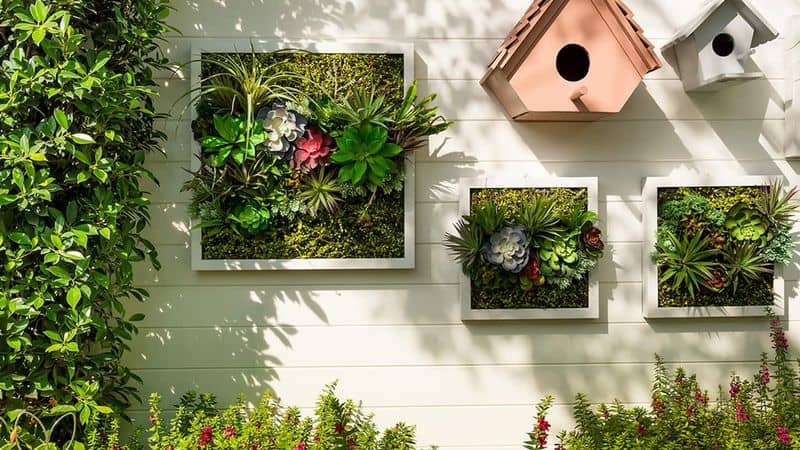
Walls covered in greenery can serve as natural insulators, reducing heat absorption. Living walls, or vertical gardens, bring life to bare surfaces and can dramatically cool the surrounding area.
These vertical plantings are not only visually stunning but also function as an effective way to lower temperatures. They absorb carbon dioxide and release oxygen, enhancing air quality.
Moreover, they add a lush, textured dimension to your garden, turning any wall into a thriving oasis of foliage.
7. Cool Deck Surfaces
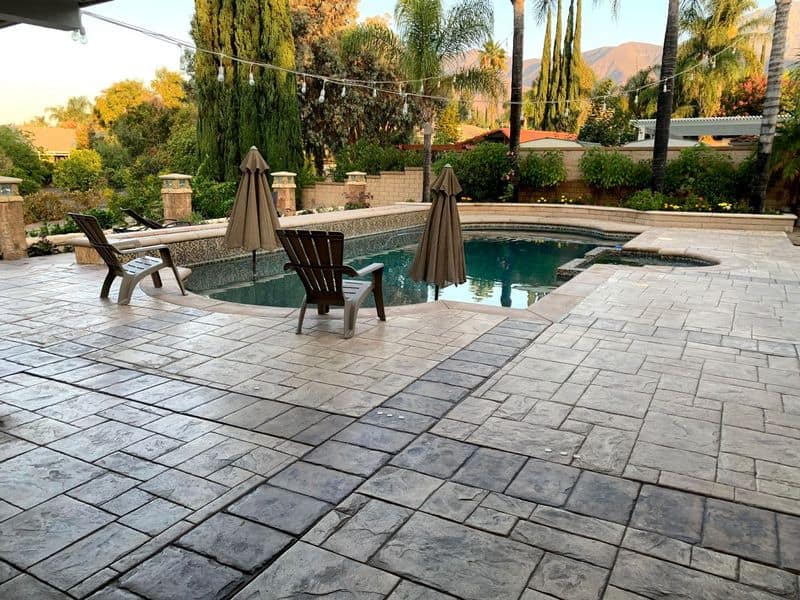
Choosing the right materials for your deck can make a significant difference in temperature. Cool deck surfaces, like light-colored tiles or composite materials, reflect the sun’s heat instead of absorbing it.
This makes walking barefoot more comfortable and keeps the surrounding area cooler. It’s a practical solution that enhances the usability of your outdoor spaces during the hottest months.
Plus, the sleek look of these materials adds a touch of sophistication to your patio design.
8. Rain Gardens
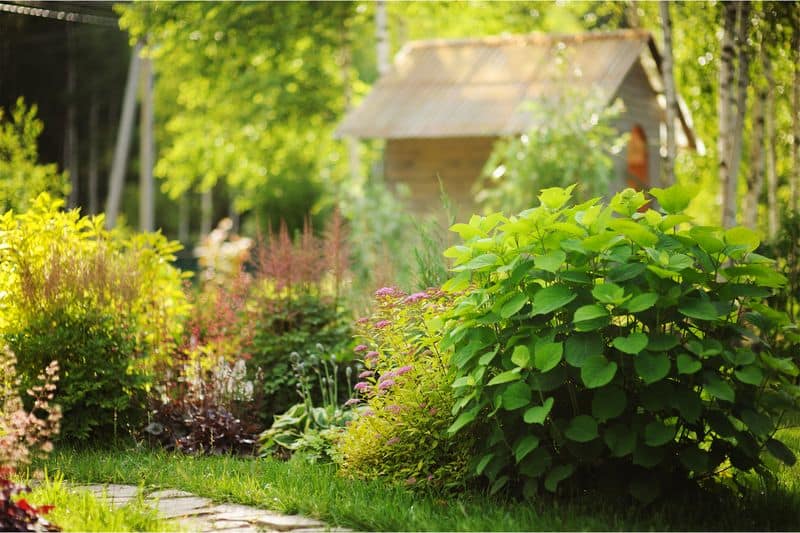
Rain gardens are beautifully functional landscapes designed to capture and filter rainwater. Located in low-lying areas, they absorb runoff, reducing surface heat and promoting a cooler environment.
By choosing native plants adapted to your climate, you can create a self-sustaining garden that requires minimal maintenance.
These gardens not only help manage water efficiently but also support local biodiversity. A rain garden is a testament to eco-friendly design, blending beauty with environmental consciousness.
9. Bamboo Screening

Bamboo is not only fast-growing but also excellent for creating shade. It serves as a natural screen that cools and adds privacy to your yard.
Its slender, towering stalks sway gently in the breeze, creating a peaceful ambiance.
Bamboo’s unique aesthetic fits both modern and traditional garden designs, providing versatility in landscaping.
Also, it requires minimal maintenance once established, making it an efficient choice for those seeking beauty and functionality. It’s a quick way to enhance your garden’s comfort.
10. Groundcovers
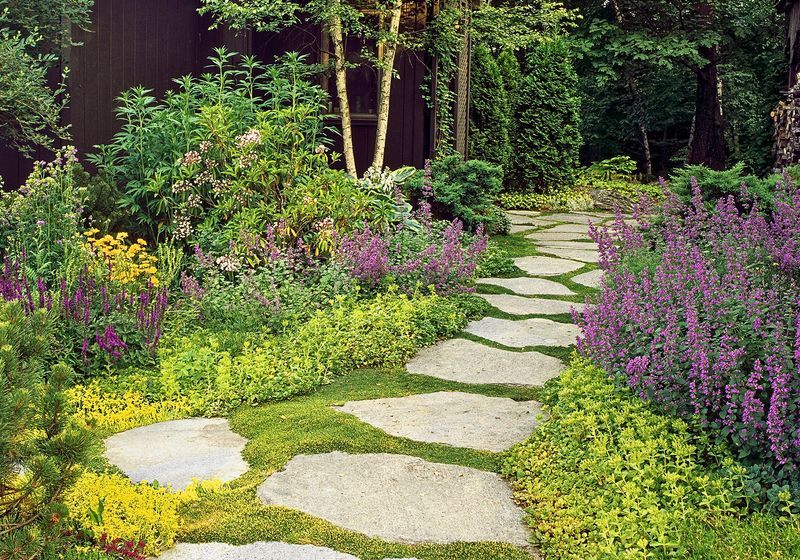
Groundcovers like creeping thyme or clover can reduce heat and add color to your garden. These low-growing plants cover bare soil, minimizing heat absorption and helping retain moisture.
They create a soft, lush carpet that feels cool underfoot and can replace traditional lawns for a more sustainable option.
Groundcovers are easy to maintain and attract beneficial insects, adding life to your garden.
They’re a charming, practical choice for those looking to cool their yards while enhancing visual appeal.

